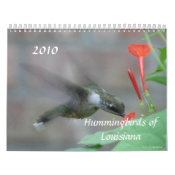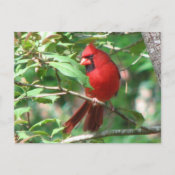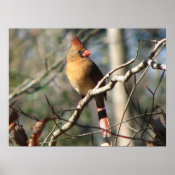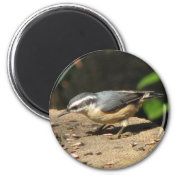Apparently we spoke too soon. What we thought was the culmination of the storm debris removal project from the creek was just a 3 day siesta. The heavy equipment, chain saws and machetes came back with a vengeance and went deeper into the woods. Countless more live trees were scarred and damaged when the ones that were broken by Hurricane Katrina were pulled out of the stream. The smell of diesel fuel permeates the once fresh air while our eardrums are pummeled with the sound of the giant chipper / shredder machine. The trail (more like road) that they carved through the forest by the creek is wider that the creek in most places. What is really being achieved by this project? The healthy trees & shrubs that they are damaging or destroying could have absorbed hundreds of gallons of rain water. The parish would be better served if restrictions for new building that included raised houses instead of red clay fill and cement slabs were enforced in low, wetland & flood zone areas.
Here are some statistics that were compiled by the LSU AgCenter that say a lot:
Tree Facts: The Benefits of Trees
On a lighter note, the Folsom Native Plant Society’s meeting at the Covington Public Library last night had excellent attendance and featured a wonderful presentation by native plant experts, Latimore Smith (Director of TNC Science & Stewardship) and Nelwyn McInnis, The Nature Conservancy Florida Parishes Director. We were treated to a history of the Longleaf Pine forests that once covered all of St. Tammany Parish. We also learned about the 19 species of rare native plants that are preserved within TNC St. Tammany Parish properties. The FNPS is growing in numbers and we are trying to reach the public, especially those that are new to the North Shore, to teach them about the value of our native flora.


























